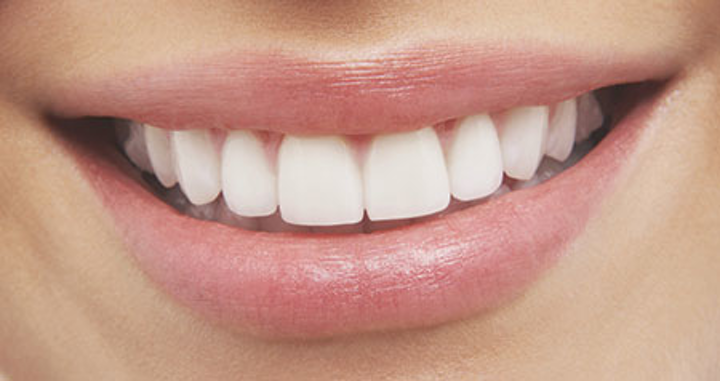
7 Home Remedies for a White and Odorless Teeth
Published on December 21, 2020 at 1:31 PM by FACE OF MALAWI
1. Practice oil pulling
Oil pulling is a traditional Indian folk remedy meant to improve oral hygiene and remove toxins from the body.
The practice involves swishing oil around in your mouth to remove bacteria, which can turn into plaque and cause your teeth to look yellow.
Coconut oil is a popular choice because it has a pleasant taste and offers many health benefits. Coconut oil is also high in lauric acid, which is known for its ability to reduce inflammation and kill bacteria.
2. Brush with baking soda
Baking soda has natural whitening properties, which is why it’s a popular ingredient in commercial toothpaste.
It’s a mild abrasive that can help scrub away surface stains on teeth.
Additionally, baking soda creates an alkaline environment in your mouth, which prevents bacteria from growing.
This is not a remedy that will whiten your teeth overnight, but you should notice a difference in the appearance of your teeth over time.
3. Use hydrogen peroxide
Hydrogen peroxide is a natural bleaching agent that also kills bacteria in your mouth.
In fact, people have been using hydrogen peroxide for years to disinfect wounds because of its ability to kill bacteria.
Many commercial whitening products contain hydrogen peroxide, although at a much higher concentration than you will use.
Unfortunately, no studies have investigated the effects of rinsing or brushing with hydrogen peroxide alone, but several studies have analyzed commercial toothpaste containing peroxide.
Another way to use hydrogen Combine 2 teaspoons of hydrogen peroxide with 1 teaspoon of baking soda and gently brush your teeth with the mixture.
4. Use apple cider vinegar
Apple cider vinegar has been used for centuries as a disinfectant and natural cleaning product.
Acetic acid, which is the main active ingredient in apple cider vinegar, kills bacteria. The antibacterial property of vinegar is what makes it useful for cleaning your mouth and whitening your teeth.
The acetic acid in vinegar has the potential to erode the enamel on your teeth. For this reason, you should not use apple cider vinegar every day. You should also limit the amount of time that apple cider vinegar is in contact with your teeth
5. Eat fruits and vegetables
A diet high in fruits and vegetables may be good for both your body and your teeth.
While they’re no substitute for brushing them, crunchy, raw fruits and vegetables can help rub plaque away as you chew.
Strawberries and pineapple are two fruits that have been claimed to help whiten your teeth.
6. Prevent tooth stains before they happen
While your teeth naturally yellow as you age, some things can help prevent stains on your teeth.
Limit staining foods and beverages
Coffee, red wine, soda, and dark berries are infamous for staining teeth.
That doesn’t mean you have to completely avoid them, but you should limit the amount of time these substances are in contact with your teeth.
If possible, drink beverages known to stain teeth out of a straw to prevent direct contact with your teeth.
Moreover, brush your teeth soon after consuming one of these foods or beverages to limit their effects on the colour of your teeth.
Additionally, avoid smoking and chewing tobacco, as both can cause tooth discoloration.
Limit your sugar intake
If you want whiter teeth, cut back on your sugar intake.
A diet high in sugar supports the growth of Streptococcus mutans, the primary type of bacteria that causes plaque and gingivitis
When you consume a sugary food, be sure to brush your teeth soon after.
Get plenty of calcium in your diet
Some tooth discoloration is caused by enamel eroding and exposing the dentin underneath, which is yellow. Therefore, anything you do to strengthen the enamel of your teeth will help keep your teeth pearly white.
Calcium-rich foods, such as milk, cheese, and broccoli, may help protect your teeth from enamel erosion
7. Don’t underestimate the value of brushing and flossing
While some tooth discoloration naturally comes with age, it’s largely a result of plaque build up.
Regularly brushing and flossing can help your teeth stay white by reducing bacteria in your mouth and preventing plaque build up.
Toothpaste gently rubs out stains on your teeth, and flossing removes bacteria that lead to plaque.
Regular dental cleanings can also help your teeth stay clean and white.


